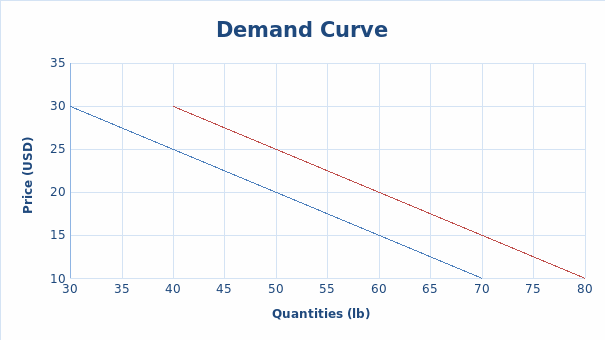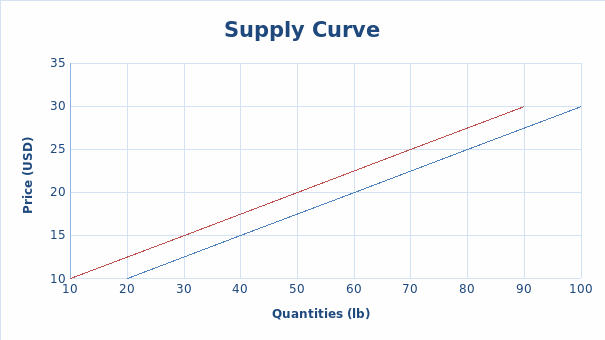It is important to comprehend the critical idea of Demand versus Quantities Demanded prior to examining different hypotheses of financial aspects. The law which is working behind the scene and conveys mostly about interest. A law which reveals to us how much interest of a customer or gathering of buyers is being influenced by his/their pay, cost of a specific decent, change in the costs of reciprocal and substitute merchandise, their taste and inclinations, and others.
The critical contrast among demand and quantities demanded is, earlier shows the eagerness and capacity of an individual to buy great while later one shows the quantities somebody needs to purchase at a specific cost. Demand address or characterize the solitary the eagerness and moderateness of customer for any monetary great. It gives the rundown of quantities which would be bought at an alternate value level. Quantity demanded address or characterize the specific measure of good demanded by the customer on a particular value level. It gives the genuine quantities which is demanded at a particular cost. Demand prompts an increment or the lessening in the interest bend while Quantity demanded prompts grow or contract the interest bend.
The following graph illustrates the example where the Demand Curve for carrots depending on its price. It can be seen that as the price grows the demand for the good lowers (yellow curve). There is also an outside factor in the form of supply price, which as it falls decreases the quantity demanded. Thus, there is shift to the left (blue curve) as the substitute price goes downward. The rise of other factors such as population preferences and income similarly affect the demand curve.

The measure of supply of an item in the market is a fundamental factor for the monetary equilibrium of a space. Supply is the assigned name for the measure of items or administrations that are to be given by a specific organization to a market. The stock is represented in an inventory bend and in a chart for improvement and delineation of the connection among costs and quantities all the more plainly. It incorporates every one of the potential costs and potential quantities that are accessible.
Quantity Supplied is the name for a particular point in the stockpile bend. It outlines the sum or quantities that will be accommodated a specific market cost. The contrast among supply and quantity supplied is that supply is the principle fundamental subject of financial matters, though quantities supplied is a point in the field of supply. Supply covers every one of the costs and every one of the quantities accessible on the lookout, and quantity supplied alludes to a particular cost and numbers of good.
The illustration below represents the supply curve (yellow curve) of the carrots’ price change according to the quantities. The outside factor chosen as an example is the use of a new technology which kills insects and lets the carrots grow, hence, increases yields. Thus, the supply curve is shifted to the right (blue curve). Some factors including positive predictions on the price and substitute price increase will affect the curve in the similar manner.
